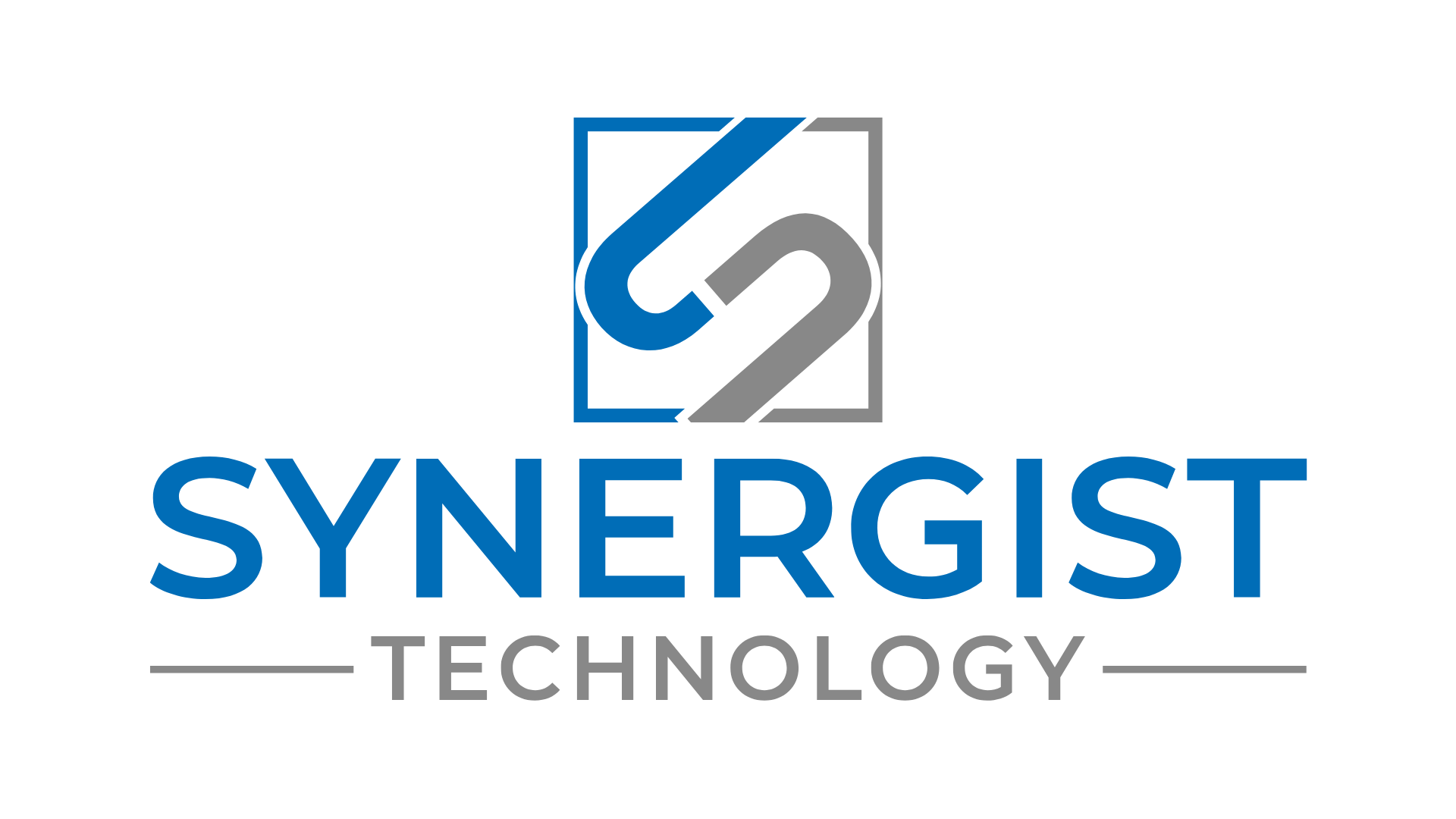The potential of artificial intelligence (AI) to transform the global economy is undeniable. AI can help address some of the world's most pressing issues such as in healthcare, climate change, education, or agriculture. However, organizations that implement AI systems face the risk of generating harmful outputs, which can lead to a loss of public trust in their systems and increased regulatory scrutiny. Organizations must align their policies with stringent regulatory standards, adopt governance best practices, and continuously monitor AI models to avoid significant financial and reputational risks. This vigilance is necessary to ensure that AI systems perform as intended and prevent any adverse outcomes that could cause severe damage.
Regulatory Activity Is Accelerating
Artificial intelligence's rapid expansion has captivated the tech industry and significantly accelerated regulatory responses, driven by public concerns and political scrutiny. The European Union has taken a leading role with its AI Act, which stands as the most formidable regulatory framework to date, systematically categorizing AI applications by risk and mandating strict compliance measures. In the United States, the regulatory landscape is equally forceful, with over 600 legislative initiatives proposed or enacted at various state and local levels. Critical regulatory efforts, such as President Biden’s Executive Order on AI and the Algorithmic Accountability Act, are critical in guiding the ethical use of AI and ensuring its smooth integration into the fabric of society. In this rapidly evolving regulatory landscape, organizations must rigorously prioritize compliance to navigate the complexities and avoid severe legal and financial consequences.
When Models Do Not Perform
Alongside the regulatory challenges, the deployment of artificial intelligence carries significant liability and reputational risks when systems malfunction. A striking example emerged in New York City, where a chatbot designed to assist small business owners provided erroneous advice that included illegal practices, underscoring the critical need for AI oversight. Similarly, Air Canada encountered a lawsuit after its chatbot failed to fulfill a promised refund, illustrating the potential legal entanglements and liabilities of AI-managed customer interactions. In a case of erroneous model outputs, OpenAI faced a defamation lawsuit from American radio host Mark Walters. ChatGPT mistakenly accused him of serious crimes, causing severe reputational damage and legal consequences.
These incidents illustrate that failure to comply with regulatory standards can expose organizations to substantial legal liabilities and erode public trust. Such breaches can result in regulatory fines, customer attrition, and legal challenges, profoundly affecting businesses across various dimensions.
Essentials of Responsible AI Governance
To effectively govern artificial intelligence, it is essential to have a rigorous approach to compliance and take a proactive stance on managing inherent risks. AI models are not static, and they can drift over time, while regulatory compliance is constantly evolving. Continuous scrutiny is necessary to maintain accuracy and prevent biases, and ensuring transparency and updating systems consistently can help build trust. However, these tasks present significant challenges that require extensive real-world testing and ongoing monitoring, demanding substantial resources and deep expertise. Keeping pace with the rapid advancements in AI technology compounds these difficulties, pushing organizations to continually adapt and refine their strategies to ensure both ethical integrity and operational efficiency.
Regulatory Compliance and Model Adherence
Robust Compliance Solutions
To navigate the intricate landscape of AI regulation, robust compliance solutions are indispensable. These systems must adhere to exacting standards set by key regulatory bodies, including the U.S. Office of Management and Budget (OMB), the National Institute of Standards and Technology (NIST), and the Department of Homeland Security. Effective AI management systems equipped with dynamic testing protocols are critical in parsing and adhering to these complex regulatory frameworks. Moreover, automating the compliance review process against these evolving standards not only enhances efficiency but also ensures AI systems are both accountable and aligned with the latest regulatory demands. This proactive approach is essential for mitigating risks and securing the trustworthiness of AI technologies in an increasingly regulated world.
Ensuring AI Integrity and Reliability
To guarantee the integrity and functionality of artificial intelligence systems, it is critical that they maintain high performance and ethical standards. This necessitates rigorous, purpose-driven testing designed to challenge AI models across various scenarios, ensuring they function according to their design specifications—especially in sensitive applications like AI-driven HR systems.
A pertinent example of the imperative for continuous monitoring and ongoing improvement of AI models is embodied by New York City's NYC 144 law. This legislation mandates that employers using AI tools such as chatbot interviewers and résumé scanners for hiring and promotion decisions must conduct annual audits to detect any race and gender biases. The findings from these audits are required to be publicly disclosed on their websites.
When it comes to evaluating an AI system for biases in resume screening, it's vital to examine potential discrepancies that could arise based on age, gender, ethnicity, and gender identity. The evaluation should involve a controlled set of resumes, identical in qualifications but varied in demographic markers. These resumes should be assessed multiple times against a standard job description to guarantee uniform evaluation criteria.
This meticulous testing regimen is essential to accurately detect biases, enabling the continuous refinement of AI systems to support fair and unbiased hiring practices. Such diligent oversight not only upholds ethical standards but also fortifies the reliability and trust in AI applications across industries.
The Future of AI Governance
To mitigate the risk of artificial intelligence (AI) systems producing harmful unintended consequences and to ensure ongoing adherence to regulatory standards, a robust and dynamic approach to AI governance is imperative. As AI technology advances at a breakneck pace, the auditing of AI models must be proactive and flexible, custom-tailored to the specific characteristics and operational environments of each system. Implementing advanced AI testing protocols and sophisticated risk matrices will be key to maintaining transparency and compliance. The increasing reliance on AI across multiple industries underscores the urgent need to develop comprehensive and adaptive governance frameworks that guarantee AI technology is harnessed ethically and effectively to benefit society.
Written by Steven Miyao, Global Head of Partnerships at Synergist Technology.


